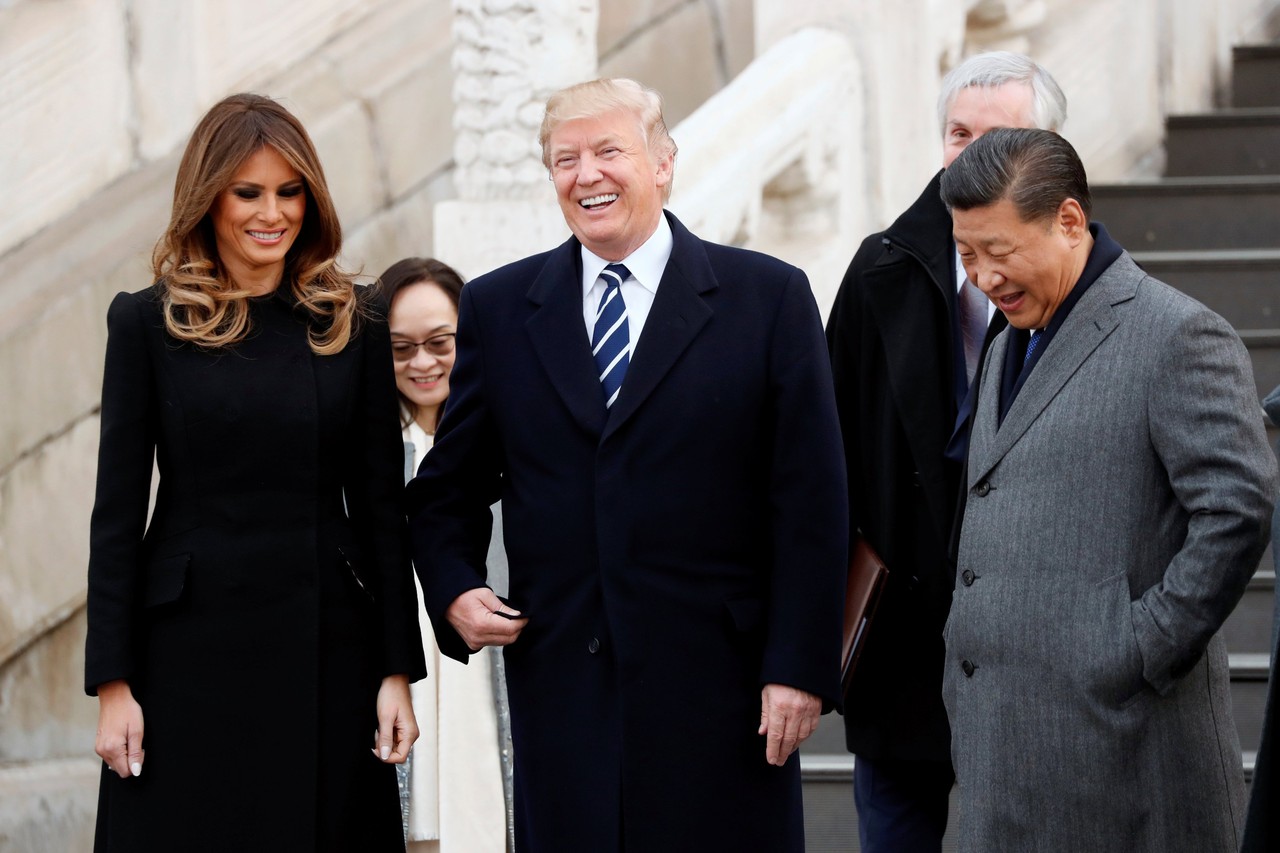Asia's Message To An Isolationist U.S. President
BY KIAN RAHIMNEJAD

Throughout the 2016 United States presidential campaign, candidate - and now President - Donald Trump made his view of the planned Trans-Pacific Partnership (TPP) quite clear by constantly spouting his great opposition to the multinational free trade deal and stating it would be a job killer in the United States. Some assumed that Trump would backtrack on his campaign stance, as he did with the border wall between the U.S. and Mexico, hiring from Goldman Sachs, and hard lining against Saudi Arabia. However, it appears this is not the case with TPP which has proven to be an important and non-negotiable issue for Trump’s biggest backers in the Bannon/Breitbart wing of the Republican party. The countries most surprised by this announcement are those of Southeast Asia, who were eager for a deal with the United States that would revitalize their rapidly growing economies.
Many countries, especially those heavily invested in TPP, were taken aback by Trump’s actions. Though disappointed, the nations of the Association of Southeast Asian Nations (ASEAN) have decided to implement their own form of TPP, a free trade deal that would eliminate tariffs and other barriers to the flow of goods, encourage foreign investment, and enhance international cooperation.
The timing of this announcement coincided with Trump’s visit to the region and can be viewed as a message from Southeast Asia to the new president: the United States’ political instability and breaking of promises every time a new president is elected will not only not impede the economic progress of ASEAN, but will make the U.S. an untrustworthy, unpredictable, and unstable ally in comparison to the dependability of the rising superpower to their north, the People's Republic of China. Trump’s overall approach to Southeast Asia is a stark contrast to what President Obama tried to accomplish during his term. While Obama strived to maintain ties with the countries of the region and seek economic deals like the TPP, he also found it important to directly address possible human rights abuses by ASEAN countries as well, even by those considered allies. The most pertinent example includes Obama’s stand against President Duterte of the Philippines, inciting Duterte’s angry, profanity-induced response. Trump, however, not only seems to ignore the bad actions of regional leaders such as Duterte, but compliments and supports them, leading political analysts to find some truth in the assertion that Trump gets along better with strongman tyrants than neo-liberal leaders with similar mainstream,Western worldviews.
Additionally, Trump’s other policies for handling North Korea have led to a form of U.S. isolationism. With China, South Korea, and Japan being the strongest East Asian powers - and those closest to the unstable North Korea - there has been a push for a peaceful resolution and a ceasing of all verbal and military hostilities. However, Trump’s dangerous ratcheting rhetoric against North Korean leader Kim Jong-Un ended up nothing more than a failed “tough-guy” attempt. The U.S.’ failure to back up its threats has made North Korea bolder than ever. Meanwhile, Japan and South Korea still paid the price for the U.S.’ war on words when North Korea increased their rate of missile testing, even flying one over Japanese airspace.
Trump’s ignorance of the views of traditional American allies in the region, combined with his disturbing closeness to leaders with questionable human rights backgrounds, have led to a sort of American isolation. Formerly close allies in the region have begun distrusting the U.S. and are now viewing China as a more stable alternative for economic trade deals. This course of events has allowed China to play a bigger role in the region to the detriment of U.S. geopolitical goals in Southeast Asia, at a time where such a position is dangerous.
